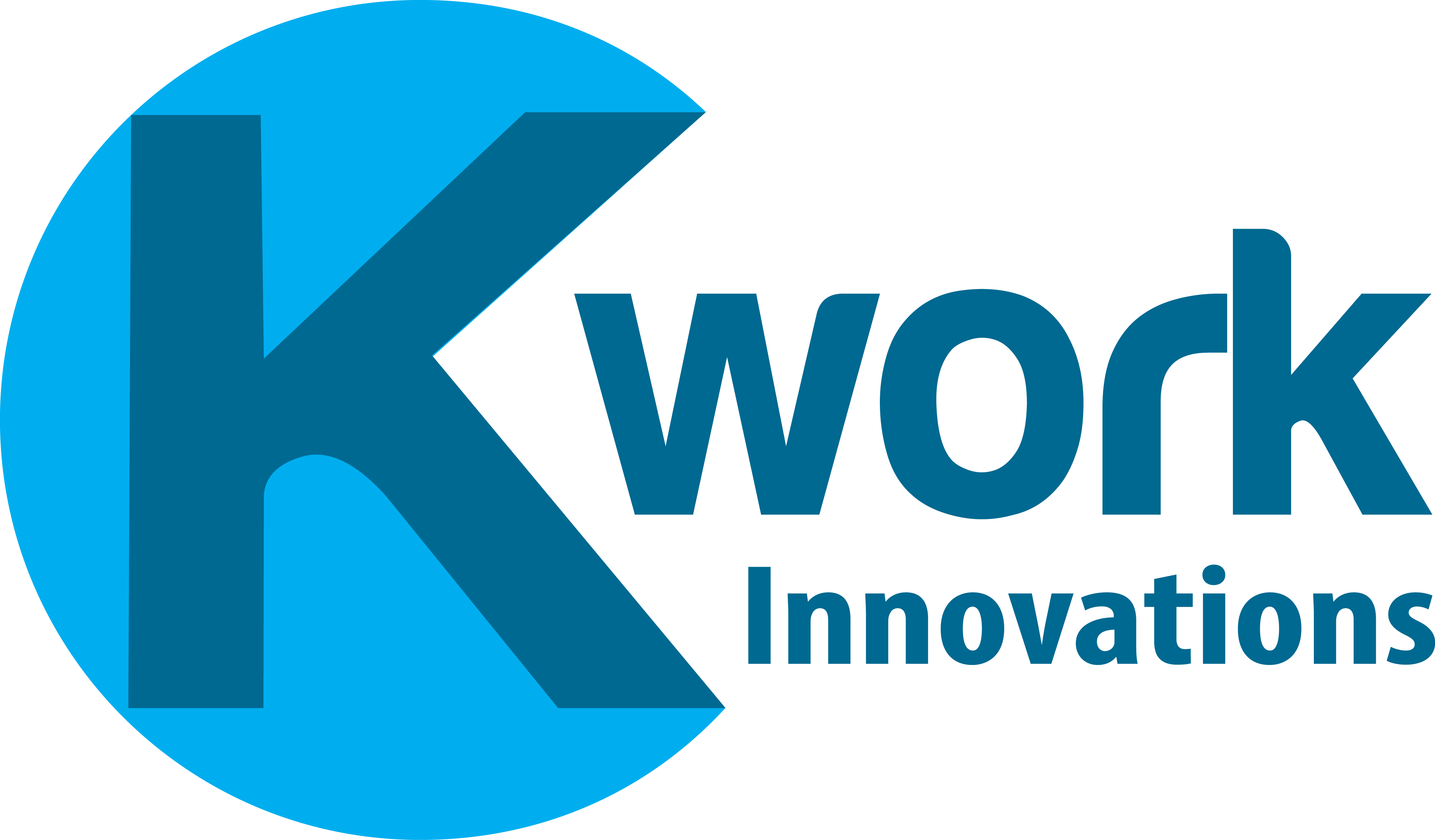Introduction to gamification
The PricewaterhouseCoopers consulting firm reported that the gaming industry would soon reach $100 billion. The reason for this: people no longer consider video games as a pastime. According to the U.S. Entertainment Association, the average gamer is thirty-seven years old and about 42% of all gamers are female. [1] For this reason, gamification has raised interest in a lot of industries in the past few years. In fact, there is an increasing number of successful startups whose service is focused on adding a gamified layer to a core activity.
For those unfamiliar with the term, gamification the process of adding games or gamelike elements to a task to non-gaming contexts to encourage participation. It isn’t games – rather, it is applying game-based thinking to your business or organization although it can be applied in multiple disciplines.
An example of this is a company called Codeacademy, a service that teaches their users how to code using game-like elements. [2] Another successful example is the game America’s Army, a promotional and recruiting tool developed by the US Army. Users can download the game for free and test their skills to see if they’re soldier material. Of course, the game hardly reflects the real nature of combat but the US Army has had an increased number of recruits since the game’s release.
History of gamification
The idea of using games to increase engagement has actually been around since the 1960s where gamification took form of advertisements on the face or sides of pinball machines but the first documented gamified advertisement appeared in the Moonlander game which was released in 1973 for McDonalds.
More and more companies, such as Coca-Cola, Burger King, Bethesda, and BMW, realized the potential of this form of promotion and games in the form of advertisements were constantly released up until the 2000s.
However, the modern practice of gamification did not emerge until 2008.
According to The Gameful World: Approaches, Issues, Applications by Steffen Walz, the term ”gamification” first appeared online in 2008. [3] The first usage of term can be traced down to a blog article written by Bret Terril which covered his time at the 2008 Social Gaming Summit: “In conversations, one of the biggest topics … is the gamification of the web. The basic idea is taking game mechanics and applying to other web properties to increase engagement.” Over the years, the term underwent a spelling changed but the essence of the word remained the same.
By the beginning of 2010, gamification has gained widespread recognition. It was during this year that the very first Gamification Summit was held in San Francisco hosted by Gamification Co.
Today, the concept is becoming more and more well-known in the world of business especially in marketing, education and human resource.
How to utilize gamification techniques for business success
As a business owner, your relationship with your customers doesn’t end with the purchase. You still have to retain them and try to keep them loyal to your brand. There are lots of ways you can achieve this but one surefire technique you can utilize is to integrate gamified elements into your business activities.
You don’t have to build something out from scratch in order to attract and retain customers as well as to keep your employees motivated. The best thing about gamification is you don’t need to set up new features to implement it – you can just take whatever you have and integrate game mechanics into it. In order to achieve business success, you should consider what the human brain desires; rewards, making progress and winning.
Here are most interesting areas for game techniques applications:
- Customer and employee onboarding – Learning is fun but not for some – sitting through hours and hours of orientations can be a drag. Gamification is extremely effective when it comes to educating your employees and customers about your business and products. Gamified learning is usually characterized by completion tasks like going through learning materials, quizzes, and simulations.
- Employee motivation – According to Gartner, 70% of business transformation efforts fail because employees don’t feel engaged. Gamified enterprises allow their employees to track their own work progress, comprehend their strengths and weaknesses and be directed into the actions that will add to their success.
- Customer engagement and retainment – Nowadays, customers have a lot of options of brands to choose from making it harder for businesses to keep them loyal to their products or services. The only way to make your business different from the others is to create the experience unique. You can introduce gaming techniques to your loyalty programs and make rewards-based promotions that your clients can benefit from.
More Gamification Tips
Gamification works; we already established that. But why does 80% of gamified projects still fail? The answer: poor game design. “[It] is one of the key failings of many gamified applications today.” Said Brian Burke, research vice president at Gartner.
Here are some tips and tricks for a winning gamification strategy:
- Make it clear and simple – The game mechanics should be simple to understand. It should be specific where one kind of action leading to one kind of outcome. This would help in explaining to your audience how the game works, what the goal is, and how to succeed more clearly.
- Focus on the right rewards – Stop thinking that people will only participate in programs that has big and flashy rewards. In fact, the best gamification programs focuses on intrinsic rewards such as unlocking a limited edition badge or early access to content rather on extrinsic rewards (cash and free products). “Badges and leaderboards could be considered the new sweepstakes and loyalty rewards,”– Darren Steele, Mindspace.
- Celebrate everyone – The point of gamification is NOT competition. It’s participation! Rewarding your top performer is a given, but remember to reward your participants as well. If you fail to do this, you’ll likely see a drop in engagement.
- Take the long view – Gamification is not a one-time thing. If you decide in using this technique, be sure to stick it out in the long run and continue to improve your mechanics over time.
Read more:
[1] Gamification: Using Gaming Technology For Achieving Goals By Therese M. Shea
[2] https://people.uta.fi/~kljuham/2014-hamari_et_al-does_gamification_work.pdf
[3] https://books.google.com.ph/books?id=vDxTBgAAQBAJ&pg=PA31&redir_esc=y
[4] https://www.statista.com/statistics/608824/gamification-market-value-worldwide/

